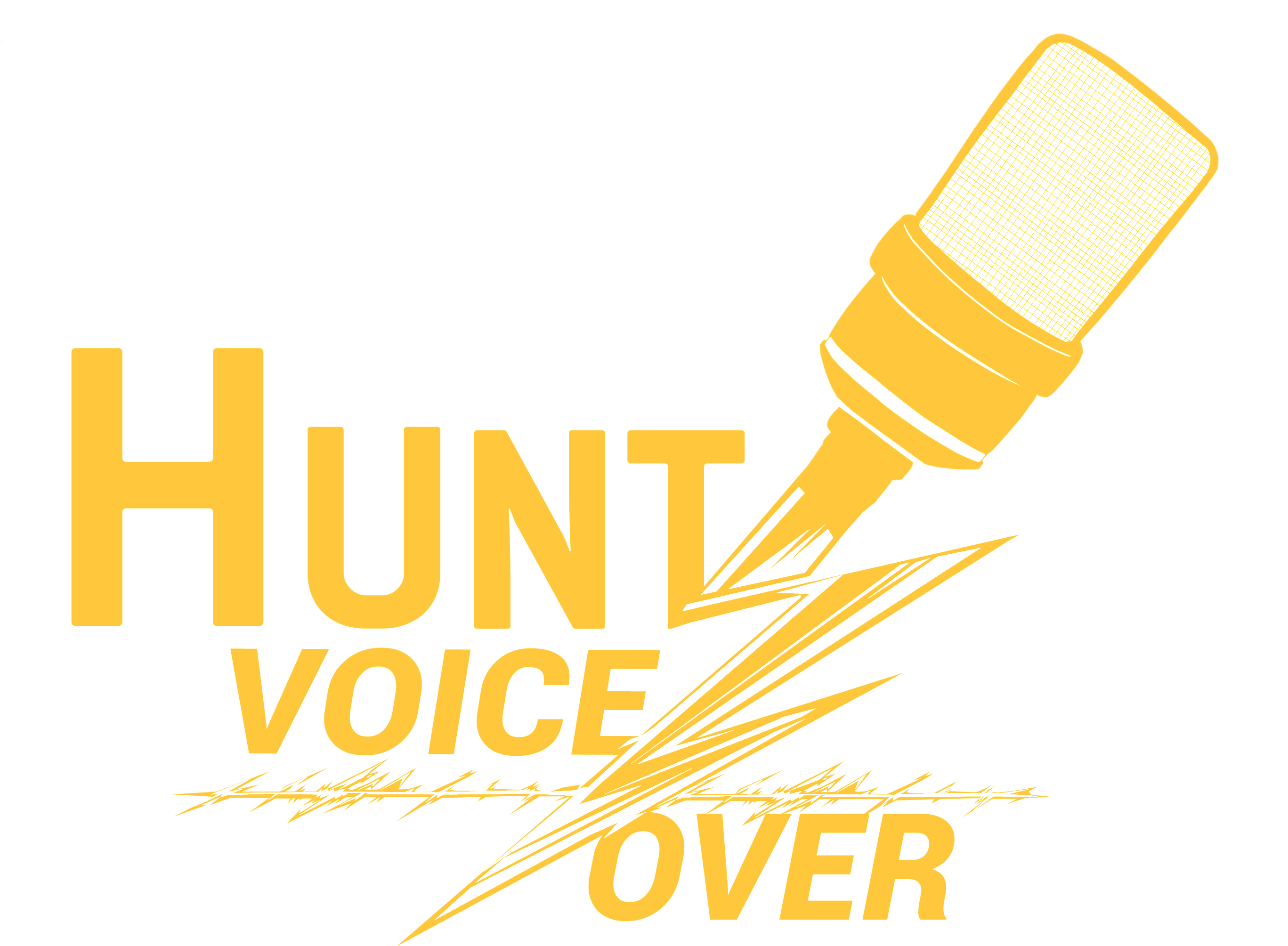Marking Things Up
- Nathan Hunt
- Mar 8, 2023
- 2 min read
Script annotation is an important skill actors develop across their years working on scripts. And the various methods of marking ups scripts are quite personal; what works for one actor will not work for another.
That being said, a key when marking up scripts is to ensure that the mark-ups do not make reading the script arduous. The read must be able to flow as intended, and not come across as staccato by default.
Script mark ups should influence your read, almost subconsciously, not lock you into a certain read. If good script annotation is similar to a sailor navigating the open seas by the stars, cumbersome script annotation is similar to navigating a congested city with GPS.
If your script mark-ups do not allow you to flow with spontaneity through the emotions you encounter across the read, they are not serving you as a performer.
Through the coaching I have led with new performers, I often find that developing a good script annotation practice early enables actors to interact with text at a deeper level almost immediately. This does not overwrite the important practice of script analysis however, but I do find annotation to be a tool that most newer actors find easier to apply to text than the former. And further, this annotation can help build the capacity for a greater depth of analysis in the future.
Although, I must note quickly, if the annotation practice is taken too concretely, the helpful cane can quickly become a limiting crutch.
With the above in mind, I have decided to share my personal annotation practice in the hope it may be an inspirational spring board for others.
Without further ado, my script annotation practice relies on the following elements:
Highlights = Naturally emphasize importance.
Lines (underline, overline, or vertical) = Emphasis with weight or emphasize with lightness, and break or pause.
Arrows (Up or Down) = Intonation up or intonation down.
Squiggle Lines = Bring personality to the surface.
Here is an example of a script I have annotated, for a tangible example it is followed by a recording of a read I have delivered guided by that annotation.

Keep in mind, the example above showcases how I use my annotation practice in text of the approximate length showcased, for longer script annotation requirements (such as in long corporate reads or audio books) I still leverage the same style, but the frequency of the annotation is less. After all, script annotation, and script analysis, needs to be agile and take into consideration the bottom line of the time spent for the profit gained.
As always, may your voice be forever hydrated!
Want to say a quick thank you for my VO content? Share this article, or treat me to a coffee below.





